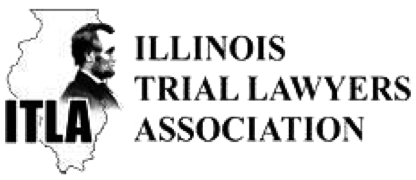The public has feared asbestos for quite some time, and for good reason. It has been linked to a number of serious conditions, and it is thought to kill up to 15,000 Americans every year. Yet this carcinogen was recently found in crayons and other items marketed to children.
The Truth About Asbestos
Most people assume that asbestos has been banned and that it is a problem of the past. Unfortunately, this could not be further from the truth; asbestos can be found in products used by the general public on a daily basis.
Resistant to heat, fire, and chemicals, asbestos is a naturally occurring substance that can be found everywhere. Generally, the levels are low and not enough to pose a hazard. But in large doses, such as those often experienced by those in the automotive, construction, and mining industries, asbestos can be deadly. The conditions most commonly linked to asbestos exposure include:
- Asbestosis (an inflammatory condition of the lungs);
- Lung cancer;
- Mesothelioma (a rare form of cancer that affects the lining of the lungs, chest cavity, and/or abdomen); and
- Other lung conditions, such as pleural effusions and pleural plaques.
The problem with asbestos is that, once airborne, the fibers can become lodged inside of the lungs. Those fibers can sit inside the lungs, completely asymptomatic, for years, sometimes even decades. By then, it is often too late.
Children and Asbestos Exposure
The EWG Action Fund recently tested 28 different brands of crayons and 21 children’s crime scene kits for asbestos at two different government-certified laboratories. All of the products were purchased from online stores or national retail chains. Four brands of crayons and two crime scene kits, all of which were made in China and imported into the United States, tested positive for asbestos.
Federal health authorities have allegedly known that crayons could be contaminated with asbestos since 2000. It was in that very same year that the Seattle Post Intelligencer found arsenic in three popular brands of crayons. The Consumer Product Safety Commission then performed a confirmation test in which they found that certain brands of crayons did, in fact, contain arsenic.
At the time, the CSPC deemed the risk of exposure “extremely low.” They never mandated a ban, but they did say it would be best if crayons did not contain asbestos. The CSPC also stated that they would monitor children’s crayons to ensure further that they did not pose a health risk to children.
Use of Asbestos in Children’s Products is Unacceptable
According to Crayola, the average child will wear down 730 crayons by the age of 10. While asbestos-related illnesses generally occur in those that have experienced high levels of exposure, most parents will say that any exposure is too much when it comes to children. And they would be right.
Manufacturing companies should be held accountable for what is in their products, especially if they are knowingly using an ingredient such as asbestos. If you or someone you love has suffered from an asbestos-related illness, you are entitled to compensation. Our dedicated and experienced Chicago, Illinois product liability attorneys can help.






